
How to Choose Pad Mounted Transformer?
Table of Contents Selecting the right pad-mounted transformer requires careful consideration of several critical factors, as these ground-mounted distribution transformers play a vital role
ELECTRIC, WITH AN EDGE
Regarding the calculation method of Power transformer number of turns, different types of transformers have corresponding technical requirements, which are generally expressed by corresponding technical parameters, the main technical parameters of power transformers and low-frequency transformers.

The maximum value of the main magnetic flux is due to the difference in the transformer number of turns of the secondary winding and the primary winding, and the induced potentials E1 and E2 are also different. When the internal impedance voltage drop is omitted, the voltages Ú1 and Ú2 are also different.
When the secondary side of the power transformer is unloaded, the primary side only flows through the current of the main magnetic flux (Í 0), this current is called the excitation current.
When the load current & Iacute; 2 is applied to the secondary side, magnetic flux is also generated in the iron core, trying to change the main magnetic flux, but when the primary voltage does not change, the main magnetic flux is unchanged, and the primary side will flow.
There are two parts of the current, one is the excitation current Í0, and the other is used to balance Í2, so this part of the current changes with Í2.
When the current is multiplied by the transformer number of turns, it is the magnetic potential.
The above-mentioned balancing function is essentially a magnetic potential balancing function, and the transformer realizes the energy transfer between the primary and secondary sides through the magnetic potential balancing function.
Transformer technical parameters have corresponding technical requirements for different types of transformers, which can be expressed by corresponding technical parameters.
For example, the main technical parameters of power transformers: rated power, rated voltage and voltage ratio, rated frequency, operating temperature level, temperature rise, voltage adjustment rate, insulation performance and moisture-proof performance.
General technical parameters of low-frequency transformers: transformation ratio, frequency characteristics, nonlinear distortion, magnetic shielding and electrostatic shielding, efficiency, etc.

Table of Contents Selecting the right pad-mounted transformer requires careful consideration of several critical factors, as these ground-mounted distribution transformers play a vital role

The primary function of the pad mounted transformer is to serve as a critical distribution transformer that steps down higher primary voltage from utility distribution

A pad mounted transformer operates through electromagnetic induction, serving as a crucial distribution component that converts high voltage electricity to lower, usable voltages for residential

When looking for the best pad-mounted transformer manufacturer, it’s important to find industry leaders known for reliability and innovative solutions. Pad-mounted transformers are essential in


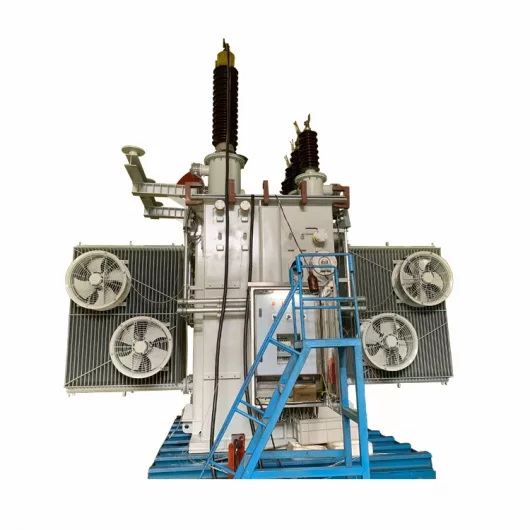
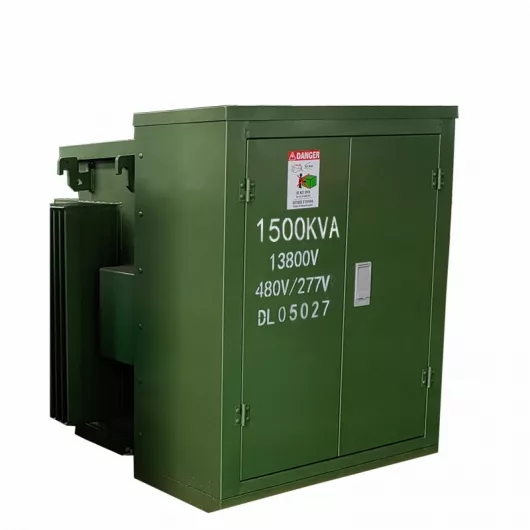
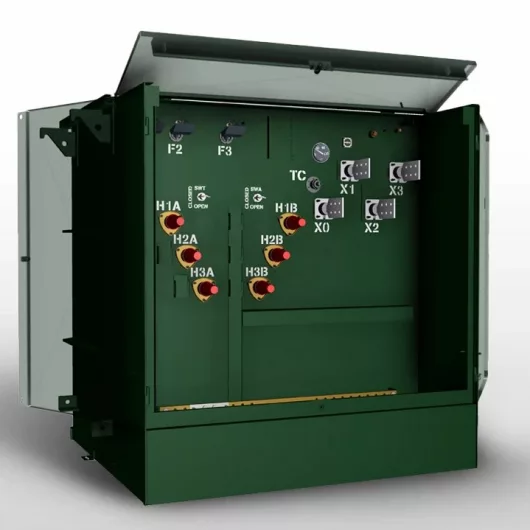
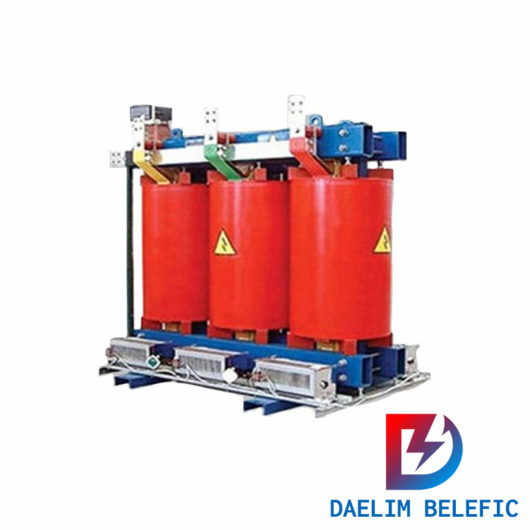
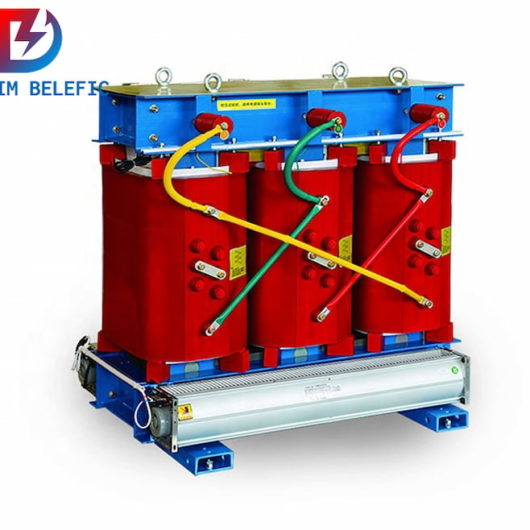

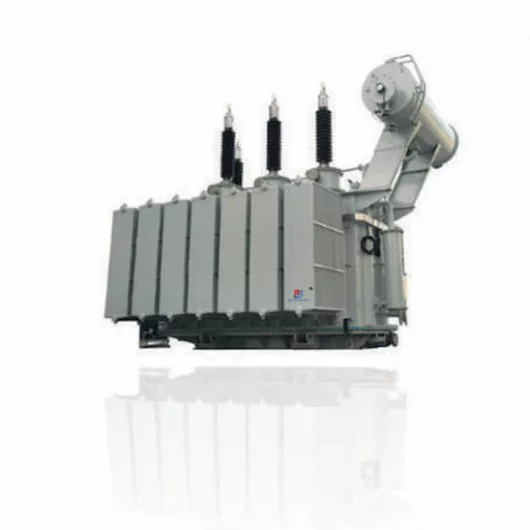
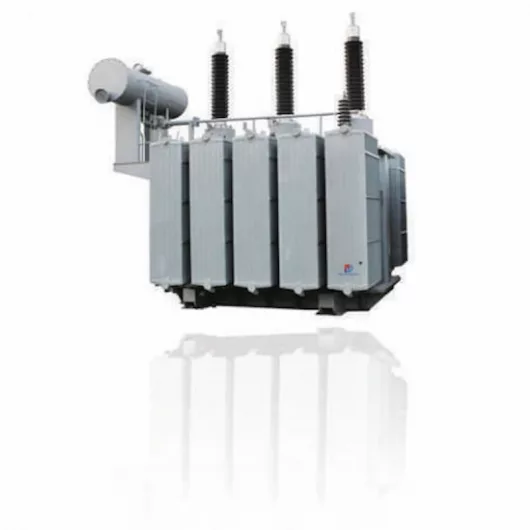


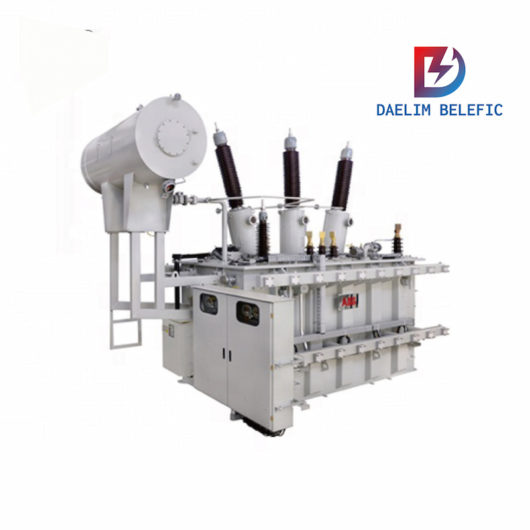
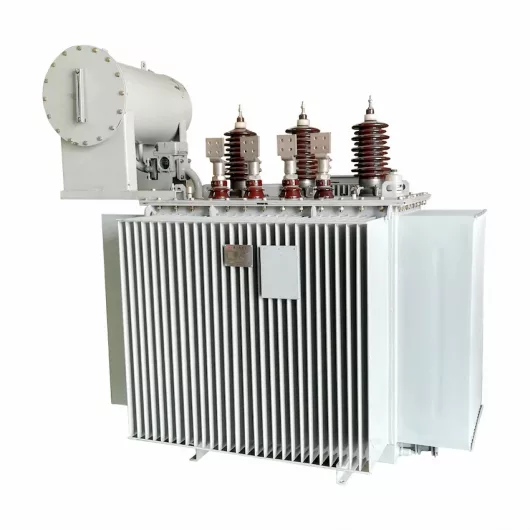

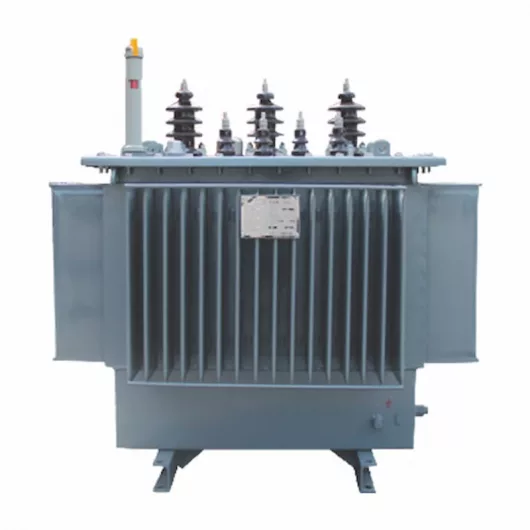
After filling in the contact information, you can download the PDF.